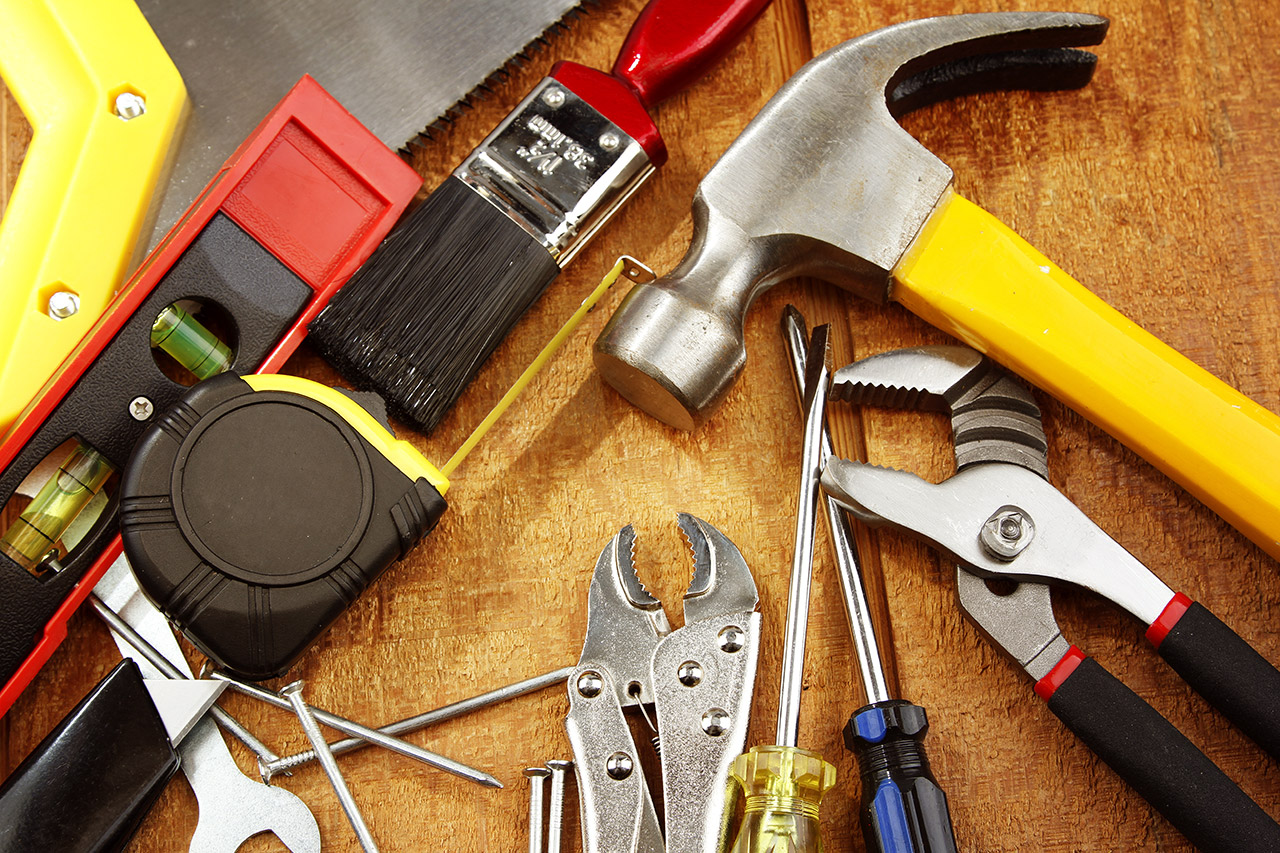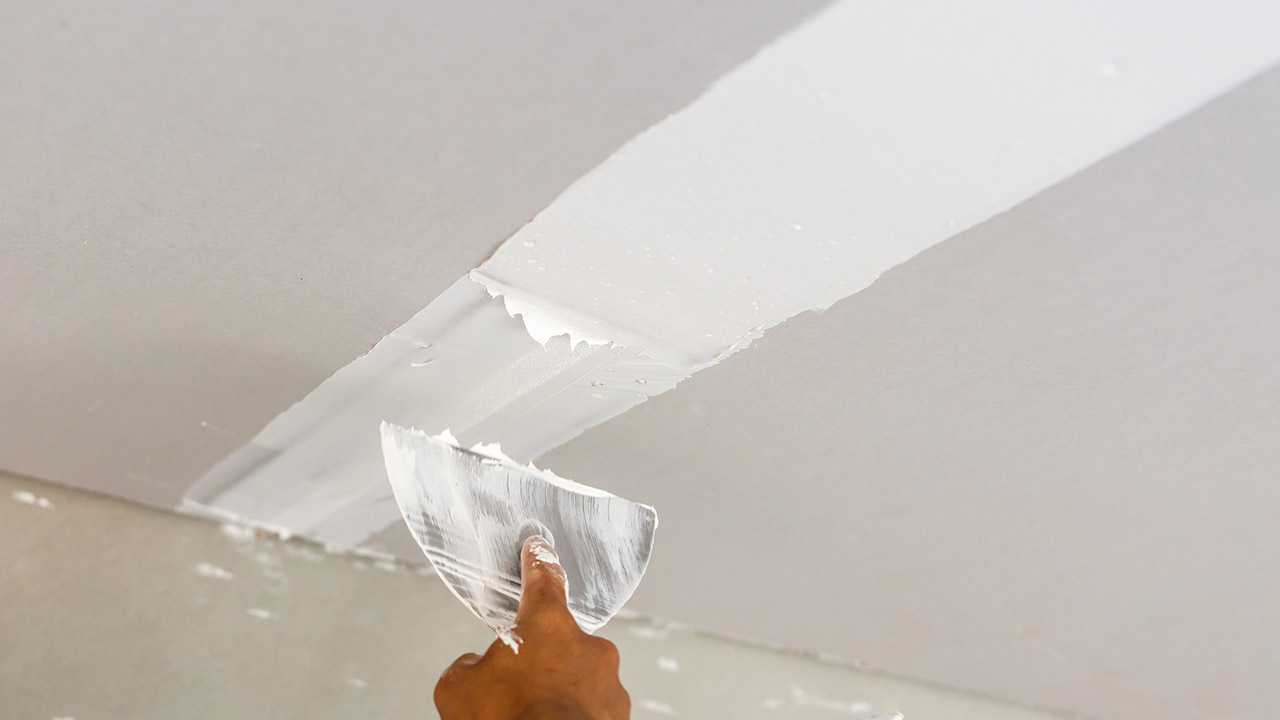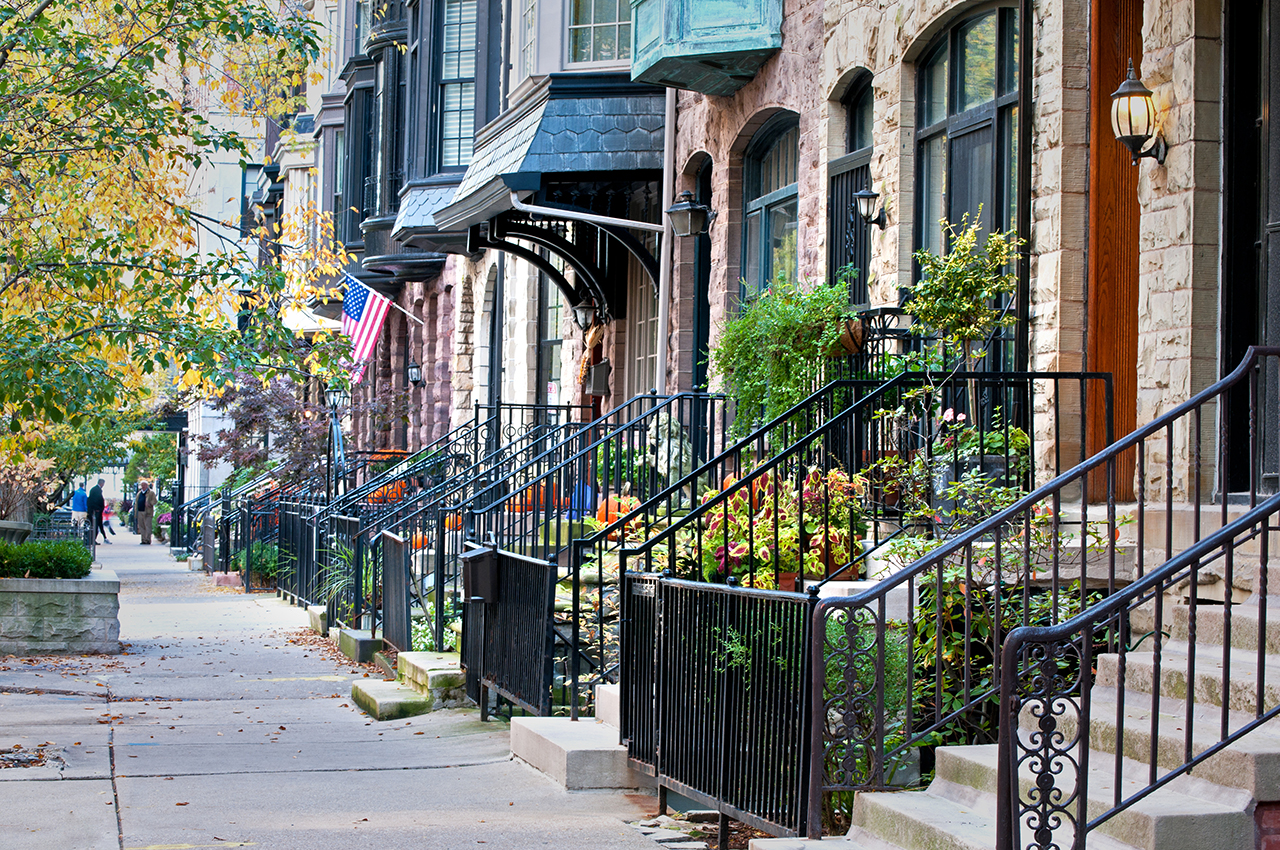
Out of all the questions that clients have when it comes to real estate transactions, how commissions are paid is one of the most common. Who’s responsible for paying the commission? How much is it? When and how is it paid?
To better understand how real estate commissions work, let’s break it down.
How Real Estate Commissions Are Paid
Typically, it’s the seller who pays the real estate commissions for both the seller and buyer agents. The seller’s agent will charge a certain commission for the services being offered, which is typically represented as a percentage of the purchase price, but it can sometimes be a flat fee. This commission is then split between the seller and buyer agents.
The split doesn’t necessarily have to be right down the middle, however. For instance, if the seller agent charges the client a 5% commission, that rate can be split 50/50, 60/40, or any combination as specified in the listing agreement (the contract between a seller and the listing broker that lists all of the conditions of the listing). There is no set equation for how a commission is split; instead, it’s a negotiated piece of the puzzle that needs to be agreed upon by both parties before any services are extended.
How commissions are split also depends on whether it’s a buyer’s versus a seller’s market. In a buyer’s market, the buyer agent may get the larger split as an incentive to bring a buyer to the table. On the other hand, the seller agent may get the larger split in a seller’s market. Once the transaction closes, real estate commissions are paid directly to the seller brokerage for the services provided on the purchase or sale of property.
Before we go any further, it’s helpful to distinguish between “agent” and “broker.” Real estate agents and brokers are both licensed in California, but agents are salespersons who work under a designated broker and are not allowed to be paid a commission directly by their clients. On the other hand, brokers are permitted to work independently and collect their portion of real estate commissions from any agents they hire.
All real estate commissions must be paid directly to a broker/brokerage once the transaction closes. The payment is then divided according the agreed-upon split between the buyer and seller agents, and the payments are distributed accordingly.
How Much Commission Needs to Be Paid on a Transaction?
The real estate commission that must be paid is calculated based on sales price of the property. If a 5% commission was agreed upon and the property in question sells for $500,000, for instance, then the party paying the commission (usually the seller) would be responsible for paying $25,000 ($500,000 x 5%). That amount would then be divided between the buyer and seller agents.
The amount that is paid is a negotiated item, but is usually anywhere between 2% to 6%.
The Agent Doesn’t Keep the Entire Commission
After the seller has paid the specified commission percentage and is split according to the listing agreement, each agent will need to pay his or her associated brokerage a specific portion of that commission, known as a “commission split.” This amount can vary from one brokerage to another, and from one agent to another within the same brokerage. There really is no definitive amount, and is negotiated between the agent and the brokerage.
Common splits are often 60/40, whereby the agent keeps 60% of the commission and the brokerage keeps 40%. However, the split can also be 70/30, 80/20, or any other combination that the agent and broker agree to.
Using the previous example, if the buyer and seller agents’ portions of the 5% commission are split down the middle, that would leave them with $12,500 each. If the seller agent’s agreed-upon commission split is 60/40, that means $7,500 remains with the agent and the remaining $5,000 goes to the associated brokerage. If the buyer agent’s commission split with the brokerage is 70/30, $8,750 remains with the agent and $3,750 goes to the brokerage.
A Closed Transaction Must (Usually) Occur Before Commissions Are Paid
Generally speaking, commissions are paid out only upon settlement of a real estate transaction. However, there may be situations where a seller is still be obligated to pay the broker’s commission even if the transaction hasn’t closed.
If the brokerage has a willing buyer who has submitted an offer, the seller might still be on the hook to pay up if he or she refuses to sell to the buyer, has a title with issues that still need to be rectified, is guilty of fraud in regards to the transaction, or has mutually agreed to cancel the transaction with the buyer.
The Bottom Line
While there may be variations from one situation to another, the majority of real estate commissions are paid by the seller, which is then split between buyer and seller agents as well as the associated brokerages. The point is, commissions can vary, and is something that can be negotiated within reason. Be sure to discuss the commission with your agent so you are well aware of the costs associated with the transaction from the get-go.










